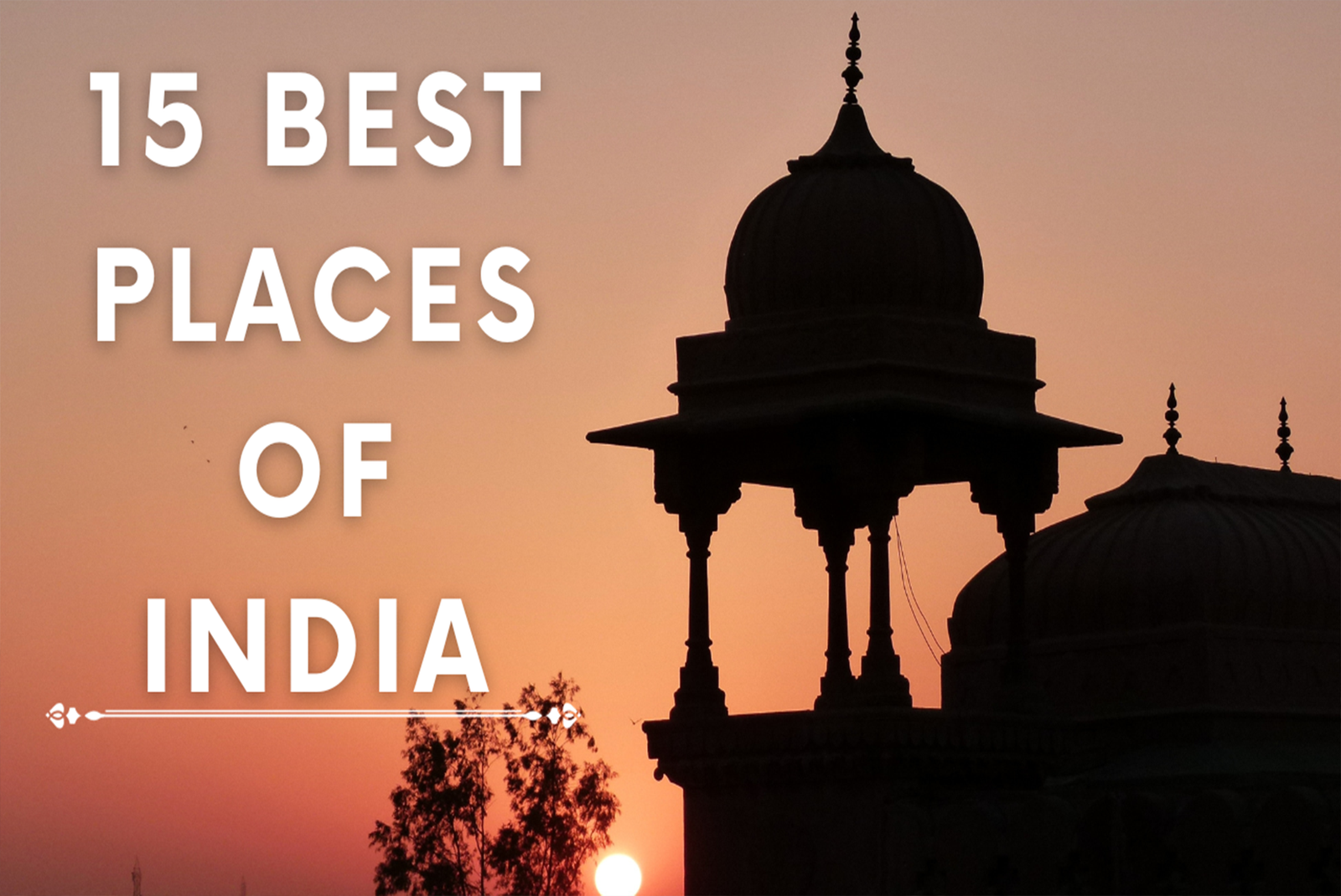16 Best Places to visit in China – Tourist Attractions in China

China provides a wide range of experiences for all kinds of tourists. It is a country rich in both ancient history and contemporary energy. Travelers can have a plethora of experiences due to China’s expansive landscapes, fascinating history, and dynamic culture. China offers a rainbow of life-changing experiences, regardless of your interests in modern marvels, historic sites, or unspoiled landscapes.
China, a vast and diverse nation, beckons travelers with its captivating blend of ancient traditions and modern innovations. China welcomes all visitors to set out on a voyage of exploration with its diverse array of modern marvels, historical landmarks, and cultural traditions. China offers an immersive and remarkable experience, regardless of your fascination with natural landscapes, ancient wonders, or bustling metropolises.
So, Here we have the 16 Best Places to visit in China to Explore :-
Table of Contents
1. The Great Wall of China
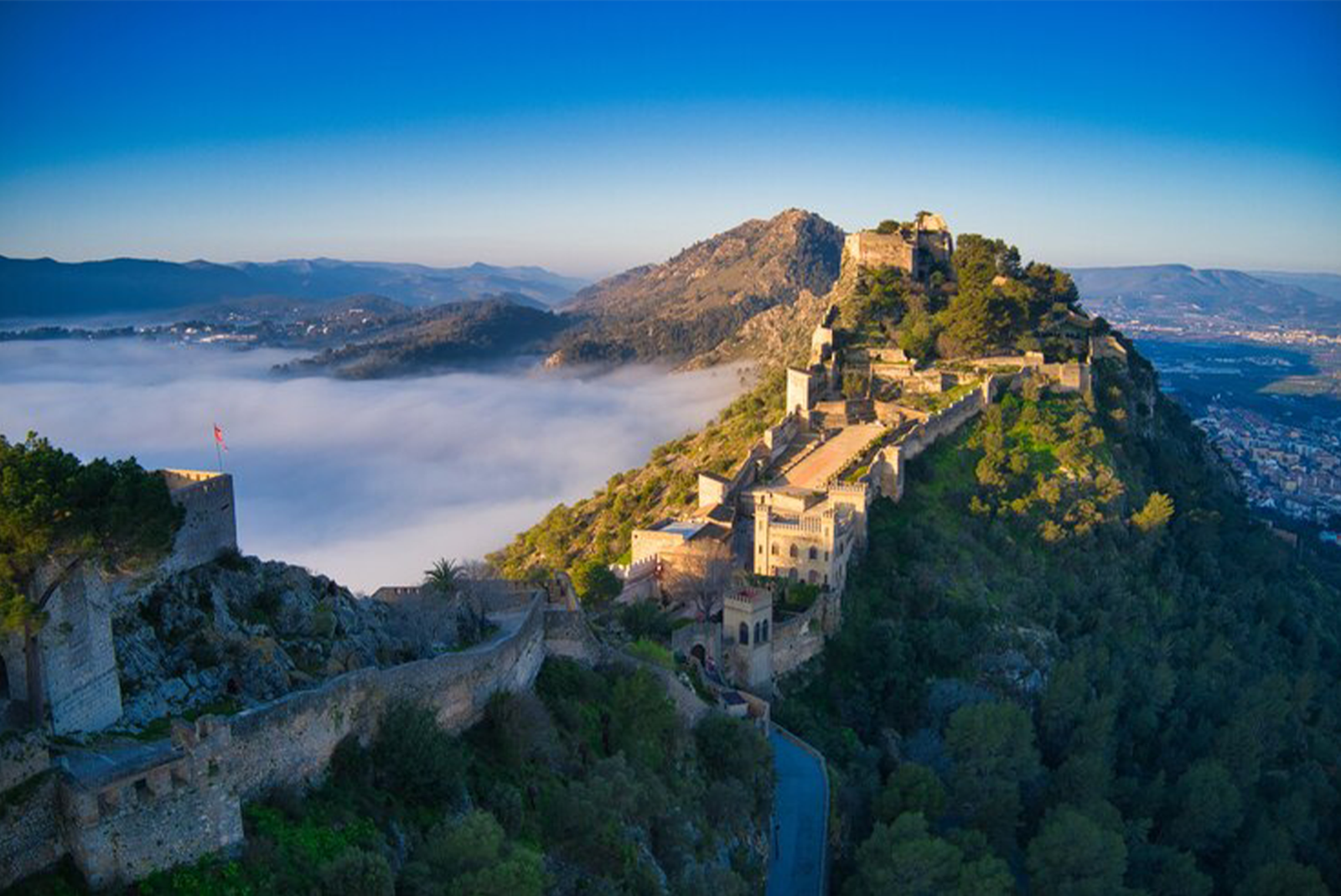
Take an incredible view of the Great Wall of China, a monument to the imagination and tenacity of humankind. The Great Wall offers amazing views and a deep connection to China’s past whether you decide to visit the well-preserved sections close to Beijing or venture to more remote areas.
The Great Wall was constructed over the course of several dynasties and more than two millennia. It was first built as a barrier against invasions and is a testament to the strategic prowess of several Chinese emperors. The wall displays the tenacity of those who constructed it as it winds through a variety of environments, from rough mountains to wide deserts.
The Great Wall is actually a collection of walls and fortifications rather than a single structure. With a length of more than 13,000 miles and a variety of architectural features and styles, its sheer magnitude is mind-boggling. The landscape is dotted with towers, watchtowers, and beacon platforms, each of which has a unique story to tell.
The Great Wall is an incredible experience for those who are lucky enough to walk it. A strong sense of connection to the past is evoked by the expansive views from the watchtowers, the cool breeze brushing against one’s face, and the sound of footsteps that date back centuries. It’s a voyage through time, not just a stroll.
2. Forbidden City Exploration in Beijing
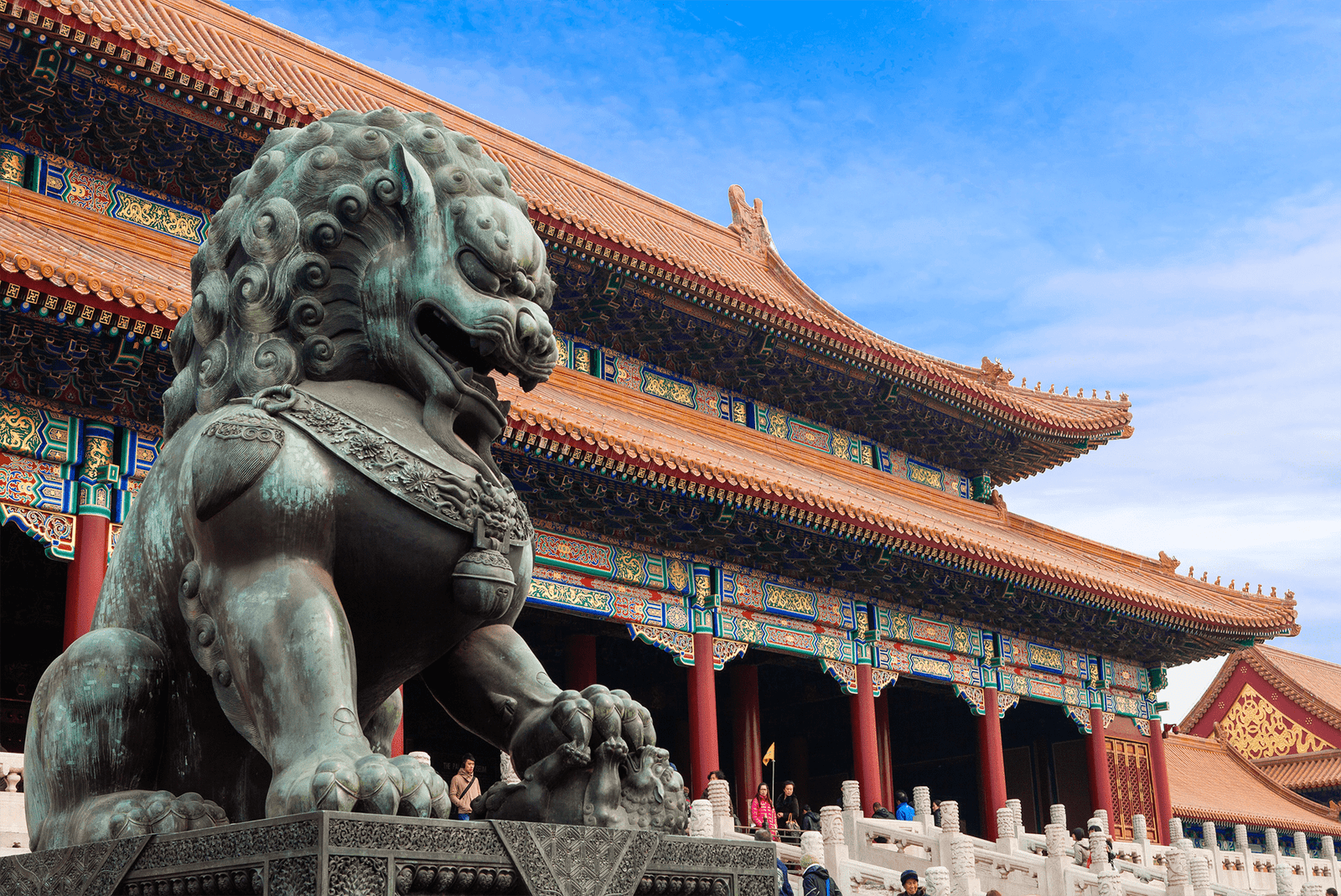
Explore Beijing’s Forbidden City and take a step back in time. Once closed to the public, this imperial palace is now open to visitors who come to admire its elaborate architecture, beautifully designed courtyards, and the priceless items kept within its storied walls.
Tucked away in the center of Beijing, the Forbidden City is a live reminder of China’s former imperial era. With its crimson walls and golden roofs, this vast palace complex evokes memories of centuries of Chinese history and emperors, concubines, and nobles. Discovering the Forbidden City is similar to entering a time capsule because every exquisitely planned courtyard and opulent hall carries the echo of the past. Let’s take a virtual tour of the Forbidden City and discover its mysteries and delights in this blog post.
The Forbidden City, which has 8,704 rooms spread across over 980 surviving buildings, is a masterpiece of Chinese architecture. Every building, from the recognizable Hall of Supreme Harmony to the private apartments of the imperial family, has a distinct history. Admire the intricate details of the wooden constructions, the striking hues, and the symbolic themes that adorn each space.
A wealth of relics from China’s imperial past can be found in the Forbidden City’s several museums. These museums provide an insight into the luxurious lifestyle of China’s rulers, showcasing everything from exquisite ceramics and intricate jade carvings to imperial robes and ancient scrolls.
3. Cruise the Li River
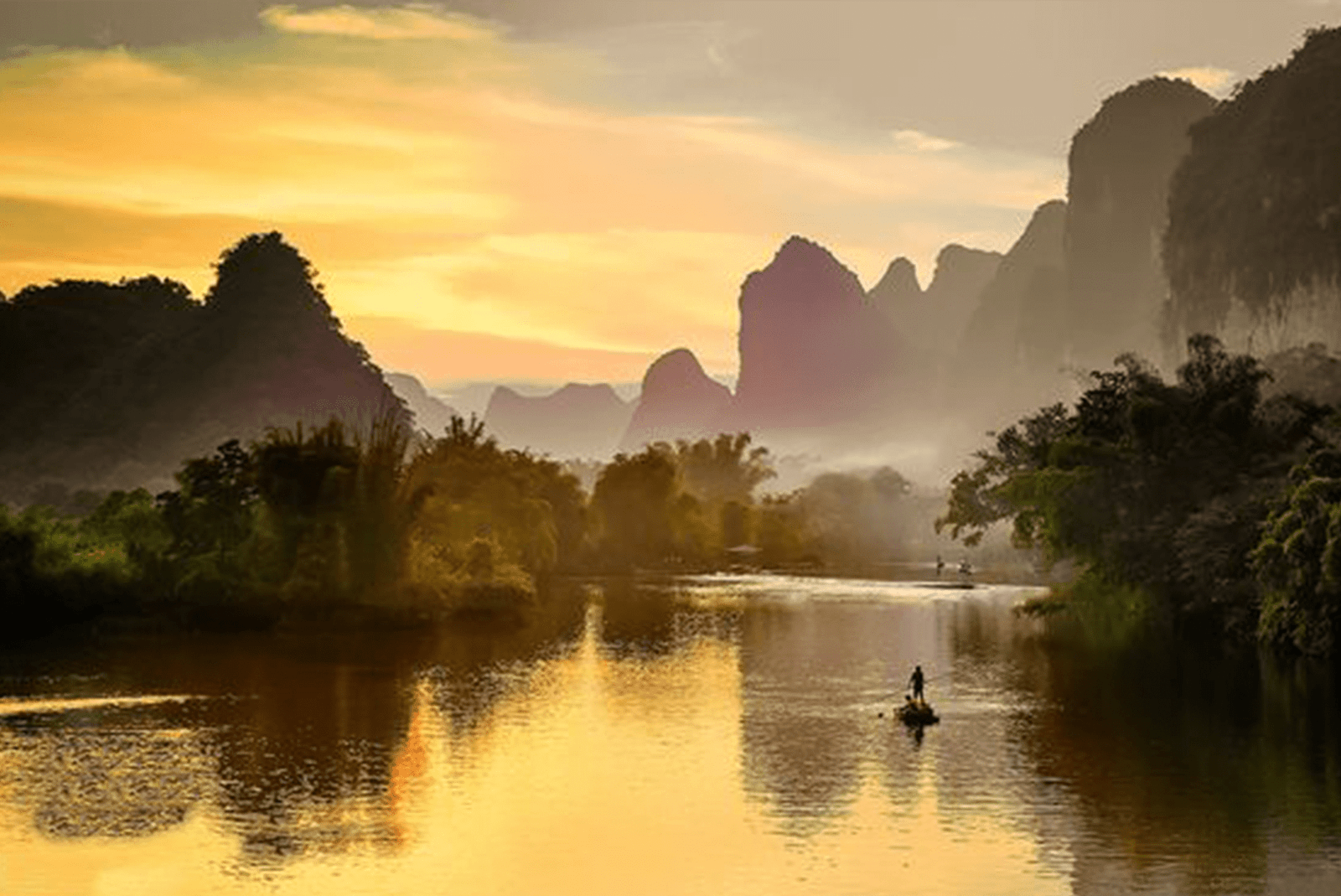
Sail along the Li River while taking in the strange karst scenery that has long served as an inspiration to Chinese poets and artists. With establishing limestone peaks rising out of the water, the beautiful setting provides a tranquil getaway into China’s breathtaking natural beauty.
The soft splashing of water against the boat’s sides as soon as you get on marks the start of your Li River journey. There is a sense of calm in the air, and the expansive views of the high karst peaks set the scene for an experience unlike any other.
Like silent sentinels, the identifiable karst formations along the Li River watch over the waterway. The peaks show themselves as you cruise, each with a distinct charm and a range of sizes and shapes. The scene has the feel of a lifelike ancient Chinese ink painting.
On the Li River trip, one stops at Xingping, a quaint fishing village that seems to have been frozen in time. Discover the charming cobblestone streets, classic architecture, and a bridge that carries whispers of bygone eras. It offers an insight into the rural way of life that flourishes by the riverbanks.
The Nine Horses Mural Hill is one of the most captivating sights on the Li River. If you look closely at the cliffs, you may be able to see nine horse shapes carved out of the rock. It’s an exciting moment that gives your cruise a hint of mystery and ignites your imagination.
4. Terracotta Army in Xi'an
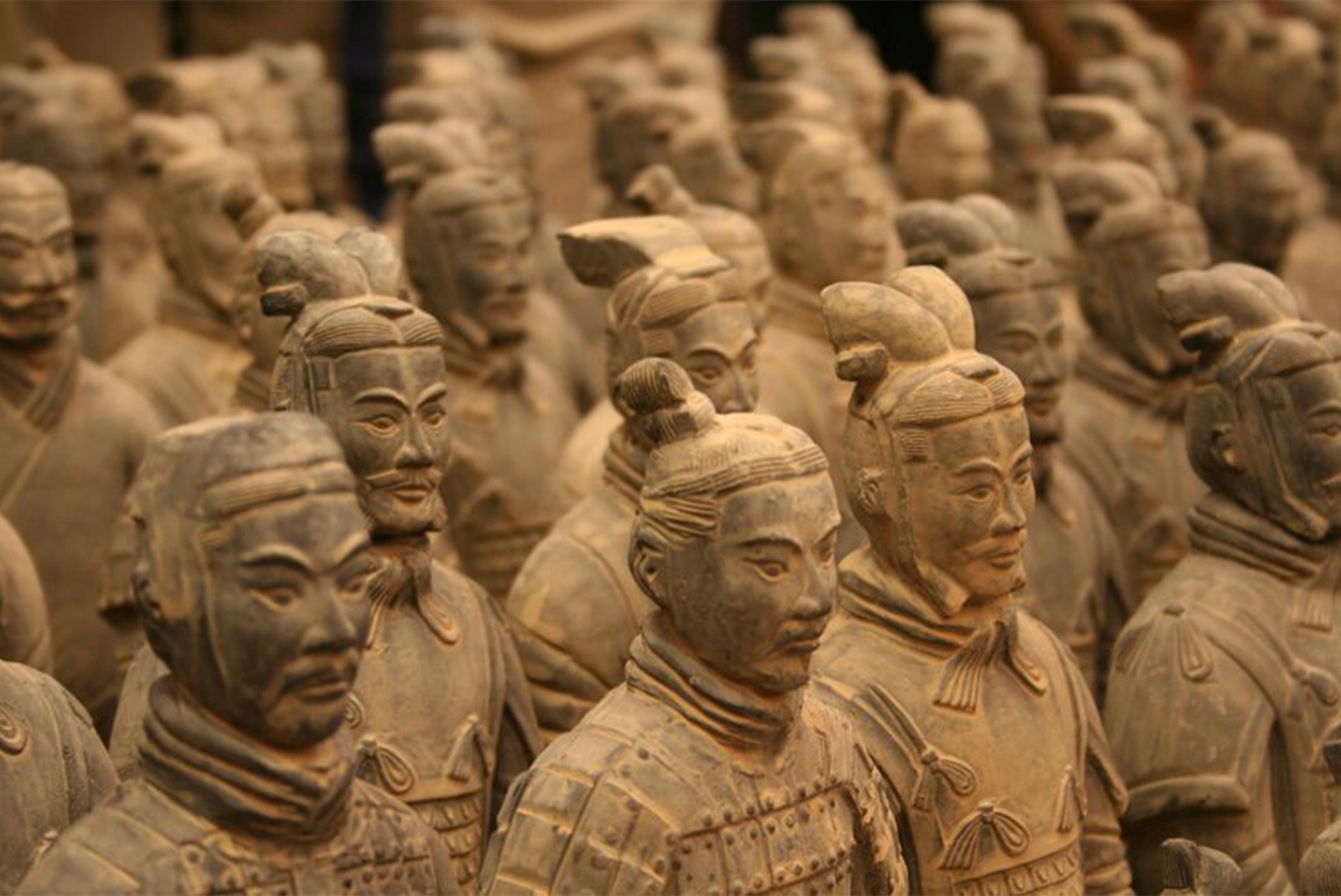
Terracotta Army in Xi’an, an archaeological marvel honoring Qin Shi Huang, the country’s first emperor. The enormous terracotta soldiers, horses, and chariots offer an enthralling look into the lengthy and rich military and cultural history of the nation.
The Terracotta Army was accidentally unearthed in 1974 by local farmers digging a well. Beyond their wildest expectations, they found an army of finely crafted clay soldiers, each with a distinct expression and function. Since then, this unintentional find has grown to rank among the most important archaeological discoveries ever made.
The Terracotta Army was commissioned by China’s first emperor, Qin Shi Huang, to serve him in the afterlife. The army was created to defend him and guarantee his hegemony over the afterlife. Every soldier is an example of the skill and careful planning of the ancient Chinese artisans.
Three distinct pits contain the Terracotta Army, each of which highlights a different aspect of this antiquated marvel. Pit 1, which is the biggest and most recognizable, displays the infantry. Pit 3 is smaller but has a command post and senior officers, while Pit 2 combines infantry, cavalry, and chariotry.
The location has horses and a beautiful bronze chariot in addition to the soldiers. This finely wrought masterwork provides an insight into the sophisticated metallurgical methods of the era. The emperor’s chariot represents both the majesty of his imagined afterlife and his power.
5. Bund in Shanghai
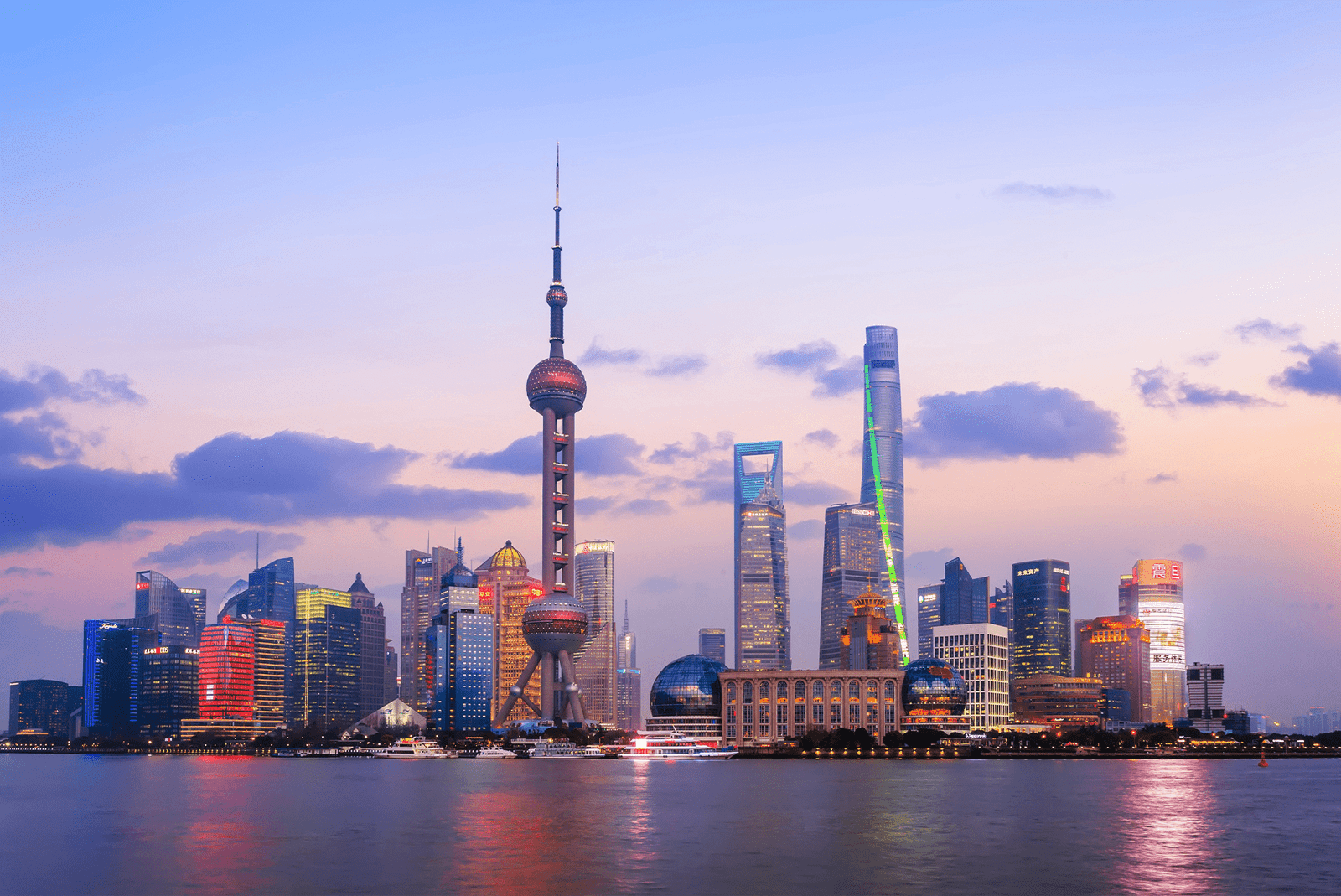
Explore Shanghai’s Bund, the intersection of the contemporary skyline and the historic waterfront. Admire the architectural fusion that creates a striking contrast between old and new, combining buildings from the colonial era with futuristic skyscrapers.
Zhongshan Road, formerly known as The Bund, is the entryway to historic Shanghai. The architectural wonders lining the waterfront of this historic promenade transport you to a bygone era as soon as you step onto it. Relics of Shanghai’s colonial past, the European-style buildings stand tall and tell stories of trade, commerce, and cross-cultural interchange.
Pudong’s futuristic skyline is situated across from the Bund’s historic buildings. The view is a beautiful fusion of the old and the new, with the modern skyscrapers across the river and the classic elegance of the Bund. Shanghai’s dynamic evolution is captured in this panoramic spectacle.
The Bund is a veritable gold mine of magnificent architecture. Every building in Shanghai tells a story, from the Gothic charm of the Peace Hotel to the neoclassical grandeur of the Customs House. Spend some time admiring the minute details, which range from classic sculptures to elaborate facades.
The promenade at The Bund offers more than just architectural views; take a leisurely stroll along the waterfront and take in the atmosphere. Savor the fresh air from the river, take in the sights of the passing boats, and take in the energy of the local street artists and performers.
For a unique experience, take the Bund Sightseeing Tunnel, an underground tunnel that connects the Bund to Pudong. The futuristic light show and audio-visual effects add a touch of whimsy to your journey across the river.
6. Giant pandas at the Chengdu Research Base of Giant Panda Breeding

Visit the Chengdu Research Base of Giant Panda Breeding to witness the entertaining antics of giant pandas. Dedicated to protecting these threatened species, this conservation facility lets guests see them in a setting that is almost identical to their natural surroundings.
The Chengdu Research Base of Giant Panda Breeding is a large sanctuary devoted to the preservation and welfare of giant pandas, located in Chengdu. Excitement defines the air as you enter this panda paradise, and your desire to see these cuddly animals grows with every step.
The panda breeding base in Chengdu is not only a priceless local resource, but also a shining example of panda diplomacy, encouraging cooperation between nations on panda conservation and research.
The research base’s Panda Kindergarten is a happy sight. Watch the baby pandas play in their designated space as they tumble and frolic. It’s a touching experience that highlights the fun and boundless energy of these ambassadors in black and white.
Don’t pass up the opportunity to see red pandas, the lesser-known cousins of the giant pandas that take center stage. With their bushy tails and russet coats, these equally endearing animals enhance your Chengdu panda experience.
7. Yangshuo Countryside Biking

Explore Beijing’s maze-like hutongs, historic passageways that provide an insight into traditional Chinese life. These tiny streets are dotted with courtyard houses, neighborhood markets, and real-life glimpses of daily existence.
The landscape of Yangshuo is a patchwork of charming villages, limestone karst peaks, and emerald-green rice paddies. The symphony of nature serves as the ideal soundtrack for your biking adventure, and the air is filled with the delightful scent of blooming flowers.
Numerous bike routes in Yangshuo are available to suit varying tastes and ability levels. There’s a route for every adventurer, from easy rides along the Yulong River to trickier paths tumbling through the rocks formations.
In Yangshuo, renting a bike is a simple process. From conventional bicycles to electric bikes, the town center is home to several rental shops offering a wide range of options. Once you’ve chosen the one that best fits your style, you can get started.
The trail to Moon Hill offers a rewarding panoramic view as well as a strenuous physical challenge for those looking for a more daring ride. It’s an energizing climb, and the breathtaking view of the surrounding karst landscape awaits you at the summit.
8. Potala Palace in Lhasa
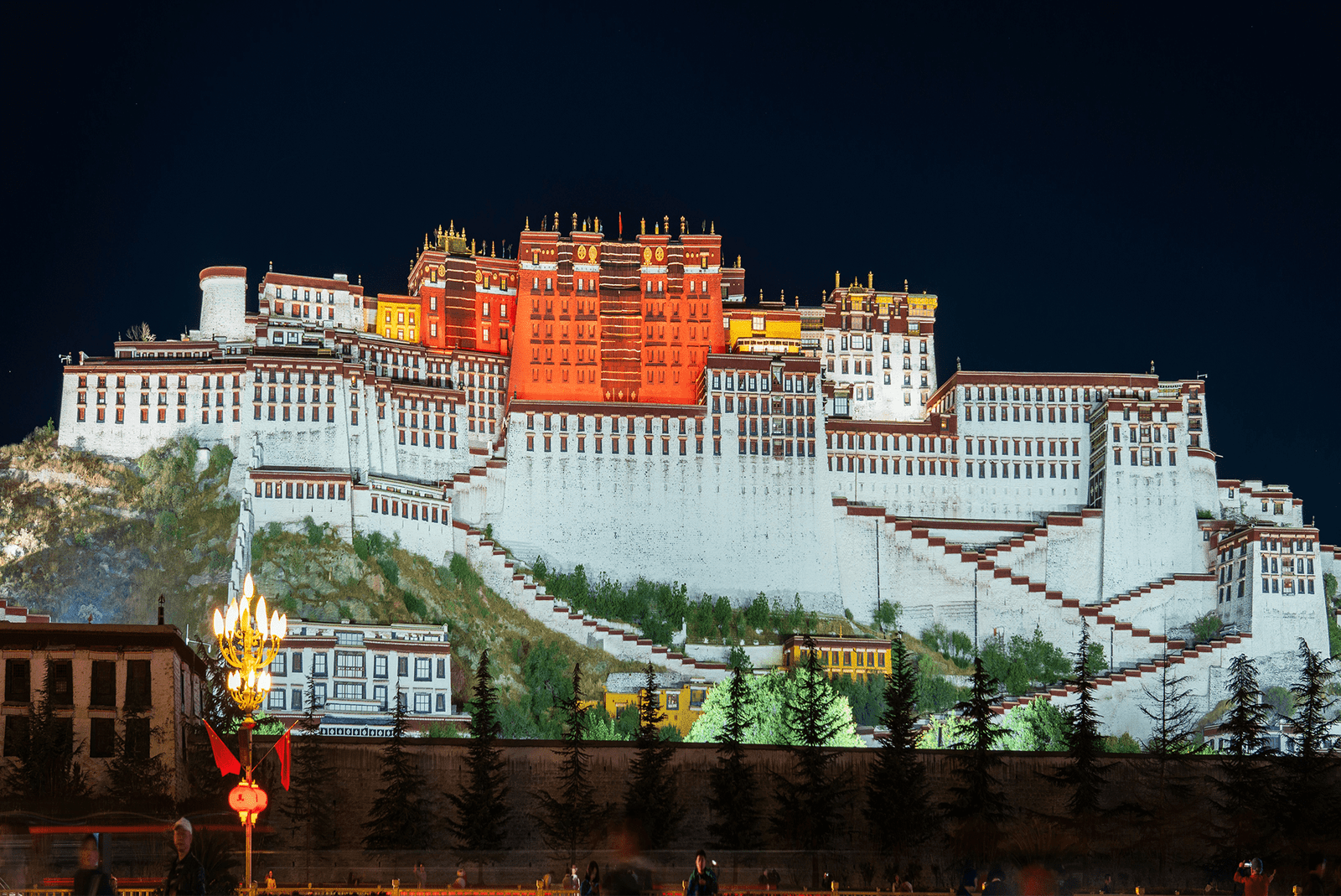
The Potala Palace in Lhasa, Tibet, is a testament to centuries of Tibetan history, culture, and spirituality. It is tucked away against the breathtaking Himalayas. This UNESCO World Heritage Site, a fortress-like building perched atop Marpo Ri (Red Hill), is more than just a palace; it’s a living record of a prosperous and long-lasting civilization.
Travel to Tibet and see Lhasa’s Potala Palace. This architectural wonder, symbolizing Tibetan Buddhism, is perched atop Red Hill and provides sweeping views of the surroundings.
The Potala Palace, the historical home of the Dalai Lamas, is more than just a physical building with its imposing walls and elaborate architecture. It is also a living testament to Tibetan Buddhism. It represents both the beating heart of Tibetan culture and spiritual reverence.
The palace was constructed in the seventh century by King Songtsen Gampo. Subsequent Dalai Lamas added to and decorated the structure over the ages, transforming it into the magnificent complex it is today.
An exquisite fusion of Tibetan, Indian, and Nepalese architectural elements creates the architectural wonder that is the Potala Palace. The intricate golden details adorning its imposing white and red façade serve as a testament to the artistic and engineering prowess of the Tibetan people.
The Potala Palace is a spiritual haven as well as a popular tourist destination. Monks, pilgrims, and tourists all climb the palace steps, walking around its hallowed halls, praying, and inhaling the heavenly ambiance that fills the space.
9. Zhangjiajie National Forest Park
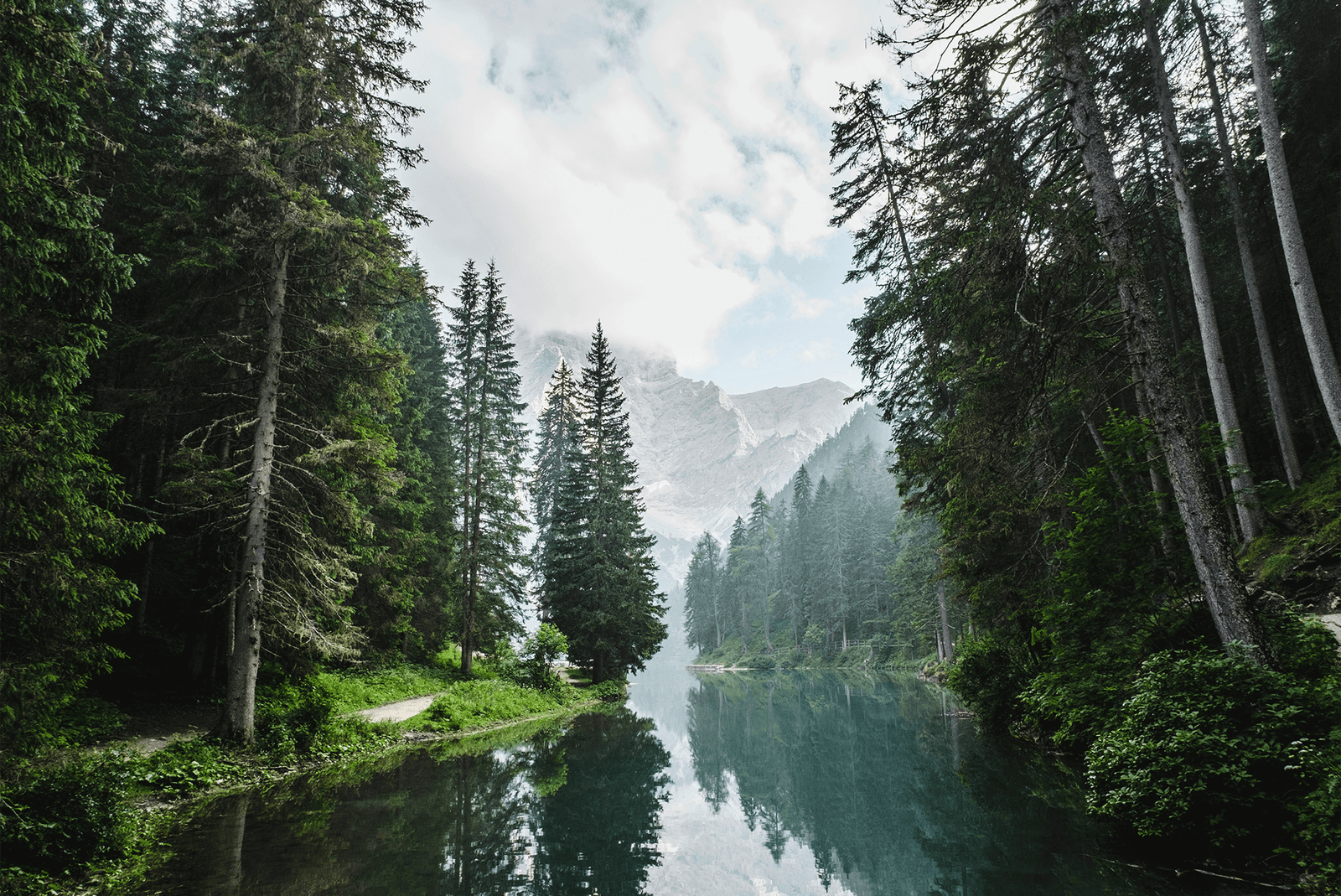
Discover the surreal settings of Zhangjiajie, a national forest park that provided inspiration for the “Avatar” movie’s floating mountains. Explore glass bridges, take an outdoor elevator ride, and be in awe of the enormous sandstone pillars that give this destination its distinct identity.
Zhangjiajie became well-known throughout the world as the source of inspiration for James Cameron’s Avatar’s floating mountains. It’s simple to understand why as soon as you enter the park—the tall quartzite pillars, which are frequently covered in mist, produce an otherworldly scene that looks like it was taken from a fantasy land.
The most famous feature of the park is the “Avatar Hallelujah Mountains,” which are quartzite pillars. These naturally occurring skyscrapers soar to great heights, astoundng onlookers with their immense size and distinctive shapes. It seems as though every pillar has an individual personality that beckons investigation and creativity.
Experience the world’s tallest outdoor elevator, the Bailong Elevator, to fully appreciate Zhangjiajie’s grandeur. The expansive views of the surrounding peaks that open up as it climbs the cliffside provide an amazing taste of the wonders that lie ahead.
Reaching the summit of Avatar Hallelujah Mountain is a satisfying hike. With pillars extending as far as the eye can see, the panoramic view from this vantage point lets you fully appreciate the park’s vastness—a magnificent display of nature’s magnificence.
10. Mystique of Huangshan (Yellow Mountain)

Upon ascending the enigmatic Huangshan, also known as Yellow Mountain, you will be met with surreal scenery. Poets and artists have been inspired by the atmosphere created by pine-covered peaks, historic steps, and traditional tea houses for centuries.
Huangshan is home to a group of granite peaks that jut out of the sky like venerable sentinels. Among the magnificent summits that adorn the landscape are the well-known Lotus Peak, Celestial Capital Peak, and the elegantly named Begin-to-Believe Peak.
Old pine trees, some over a millennium old, are strewn throughout Huangshan’s peaks. Their strong trunks and twisted branches give the mountain’s atmosphere a mystical charm as they appear to tell stories of time’s passing.
Huangshan frequently finds itself engulfed in a sea of clouds as the morning sun casts its golden glow. It’s like watching a celestial ballet, with peaks appearing and disappearing to create a constantly shifting dreamscape, when you witness this ethereal spectacle.
Huangshan’s Stairway to Heaven is a complex system of stone steps that must be navigated in order to ascend. Aside from being a physical challenge, the climb is also a spiritual one, offering amazing vistas at every turn.
11. West Lake, Hangzhou
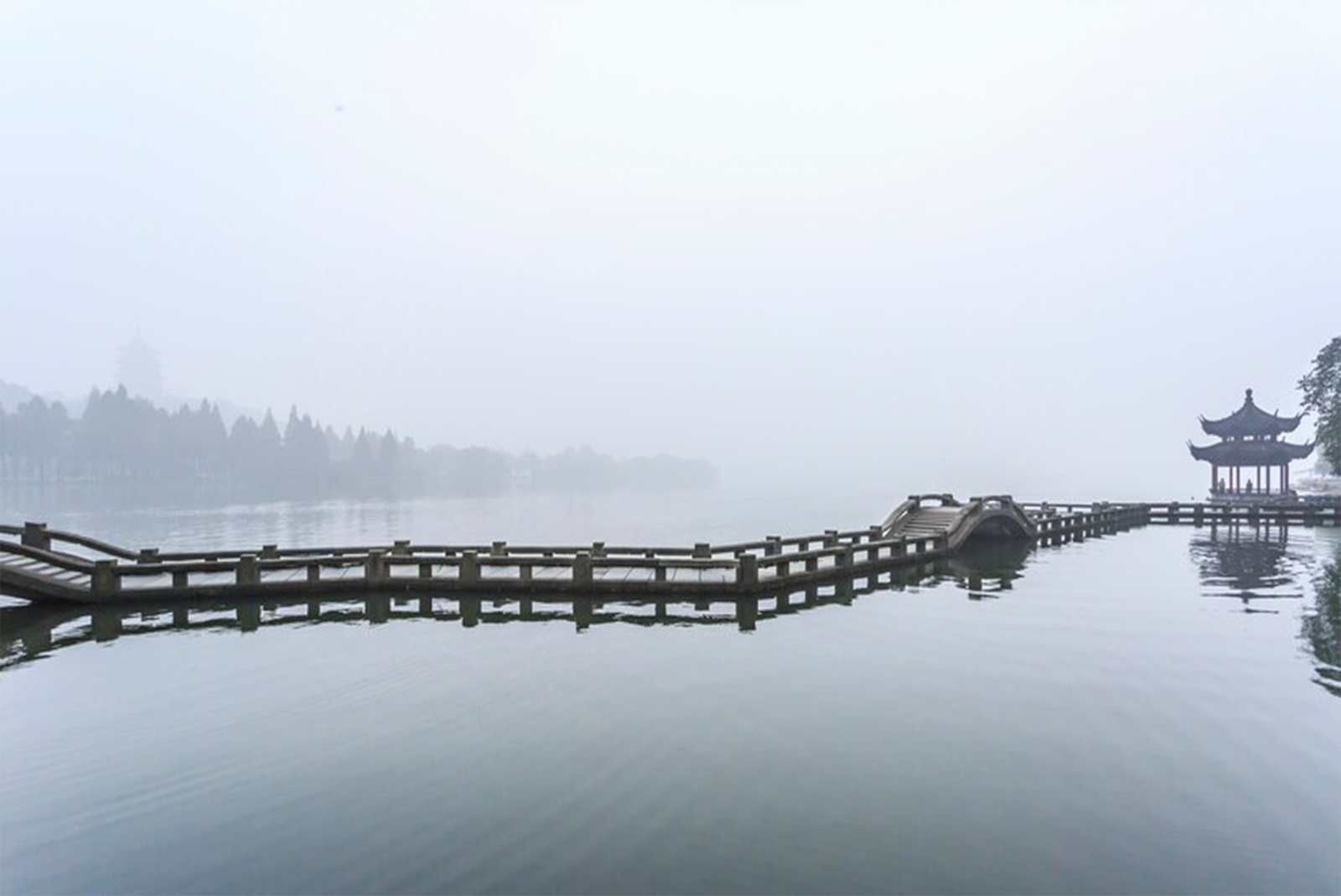
Savor the peace and quiet of Hangzhou’s West Lake, which is bordered by traditional tea houses, ancient pagodas, and walkways lined with willows. Savor the lyrical beauty that has inspired poets and artists for centuries as you cruise the lake and discover historic temples.
A masterwork of unspoiled beauty, West Lake is a changing symphony of hills, water, and vegetation. Every visit reveals a new chapter in the lake’s visual poetry, whether it’s the lotus flowers of summer, the cherry blossoms of spring, or the golden hues of autumn.
Nowhere is West Lake’s transformation into a magical realm more apparent than at the Three Ponds Mirroring the Moon as the sun sets. A scene straight out of a classical painting is created by the moon’s reflection and lanterns lighting up the traditional Chinese architecture.
The lake’s charm is enhanced with a romantic touch by The Broken Bridge, with its moving story of unfulfilled love. You can’t help but feel the enduring power of love and the echoes of the past as you stroll across this ancient structure.
A leisurely boat cruise is the best way to fully experience West Lake. Cruise the tranquil waters, taking in beautiful locations such as Solitary Hill and the Su Causeway. You can take your time and enjoy the beauty as you travel along this peaceful path.
12. Zhangye Danxia National Geological Park

Take in the captivating hues of the rainbow mountains in Zhangye Danxia. These geological formations, which are striped with vivid colors, produce an otherworldly scene that resembles an artist’s palette come to life.
The kaleidoscopic hills of Zhangye Danxia are well known for their striking variety of hues. The hills resemble an enormous canvas that Mother Nature herself skillfully painted, with hues ranging from fiery reds and oranges to gentle greens and yellows.
The park is a living example of the Danxia landform, which is distinguished by formations of conglomerate rocks and red-colored sandstone. These hills have evolved over millions of years into the bizarre shapes and vivid colors that we see today thanks to erosion and tectonic activity.
Photographers and lovers of the outdoors are drawn to this dynamic panorama that is created as the sun moves across the sky and changes the colors of the hills. Warm glows from sunrise and sunset transform the surroundings into an incredible, constantly shifting show.
One of the park’s most famous features is the Seven Colored Fan, a group of hills that resemble a massive fan spreading its vivid colors. This image captures the spirit of Zhangye Danxia’s geological poetry perfectly.
13. Beauty of Jiuzhaigou Valley

Experience the pristine beauty of Jiuzhaigou Valley, which is home to colorful lakes, waterfalls, and snow-capped peaks and is recognized as a UNESCO World Heritage site. The harmony between human habitation and nature is reflected in this natural wonderland.
Jiuzhaigou is well known for its many colored lakes, each of which reflects the brilliant blue sky. With their bizarre hues, Five Flower Lake and Long Lake resemble jewels strewn throughout the valley, evoking an ethereal atmosphere that captivates every visitor.
Numerous waterfalls, each with its own distinct charm, adorn the valley. A couple of examples of Jiuzhaigou’s aquatic poetry are the Pearl Shoal Waterfall, which features a wide curtain of water, and the Nuorilang Waterfall, which falls gracefully down amid lush scenery.
The ancient forests of Jiuzhaigou, which lie beyond the lakes and waterfalls, are home to a diverse range of organisms. These verdant forests serve as havens for uncommon plant and animal species, fostering the development of an ecosystem that seems unaffected by time.
Jiuzhaigou Valley is a journey through the senses into the magnificence of nature, not just a place to visit. Jiuzhaigou offers an unforgettable immersive experience, whether it’s the vivid colors of its lakes, the tranquility of its forests, or the rich cultural atmosphere that draws you in. Let the valley’s kaleidoscope of colors reveal itself to you, and may each step you take lead to new discoveries of wonder and beauty.
14. Summer Palace Beijing
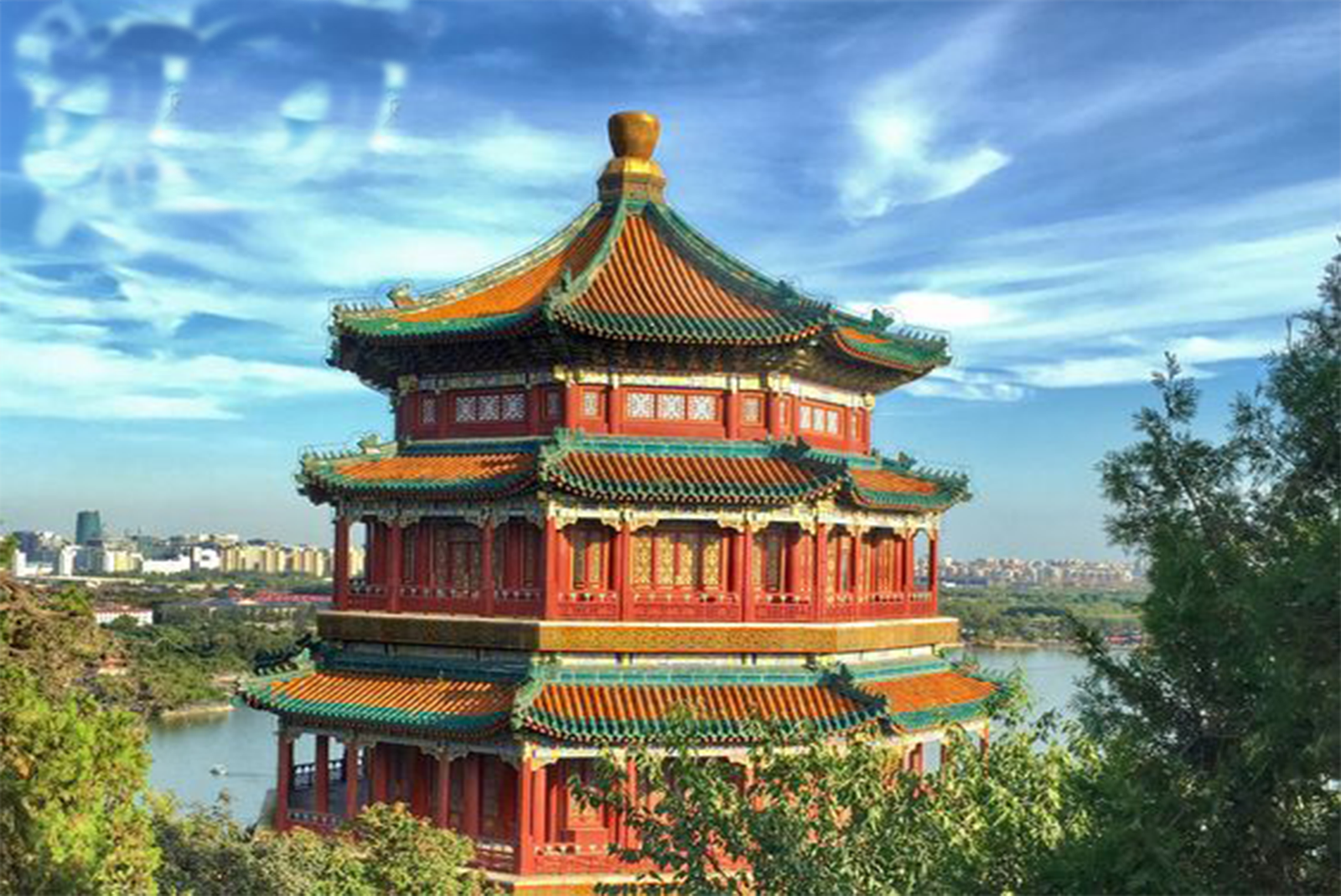
Situated amidst the bustle of Beijing’s urban landscape is a historical grandeur and serene oasis known as the Summer Palace. UNESCO World Heritage Site, a stunning example of classical Chinese garden design and a monument to China’s imperial past, is tucked away on the shores of Kunming Lake. Come along for a virtual tour as we discover the charm, background, and scenic splendor that characterize Beijing’s Summer Palace.
The Summer Palace was first constructed in the twelfth century as a royal retreat for emperors looking to escape the oppressive Beijing summer heat. You can feel the echoes of a bygone era as you stroll through the pavilions and corridors.
Kunming Lake, an enormous body of water that reflects the surrounding hills and pavilions, is the focal point of the Summer Palace. You can witness the harmony of architecture and environment from a different angle by taking a boat ride across the lake.
Beijing’s Summer Palace is more than just a tourist attraction; it’s a living reminder of China’s rich cultural past and a window into the elegant design of imperial times. You will discover that the Summer Palace is a peaceful fusion of history, nature, and serenity as you meander through its halls, sail across Kunming Lake, and take in the beauty of its gardens. It is a haven where the past is reflected on the water and the present is whispered through the leaves.
15. The yangtze river

One river, the Yangtze River, is a powerful thread that weaves through history, culture, and nature in the vast tapestry of China’s landscapes. This magnificent waterway, spanning more than 6,300 kilometers, serves as more than just a physical feature; it is also a vital cultural route that takes travelers through the center of China. Come along with me as we take a virtual tour of the Yangtze River, where cutting-edge innovations coexist with age-old customs and the scenery opens up like the pages of a holding novel.
Starting high on the Tibetan Plateau, the Yangtze River meanders through gorges, valleys, and mountains before draining into the East China Sea. Its path bears witness to the variety of landscapes that characterize this large and ever-changing nation.
The Three Gorges area, where the Yangtze cuts through precipitous cliffs, is arguably the most well-known section of the river. Cruise passengers are invited to take in the breathtaking scenery of the Qutang, Wu, and Xiling Gorges while admiring the majesty of nature.
Taking a Yangtze River cruise is similar to stepping into a moving panorama of modern and historical China. Passengers see the timeless beauty of the riverbanks compared with modern cities and ancient villages as the ship glides through the water.
The Yangtze River is more than simply a geographical feature; it tells a story that changes with every turn. It carries the timeless beauty of nature, the pulse of modern progress, and the echoes of ancient civilizations. The Yangtze River is more than just a river; as you travel along its waters, you’ll discover that it’s a living representation of China’s past, present, and endless future possibilities.
16. Leshan Giant Buddha
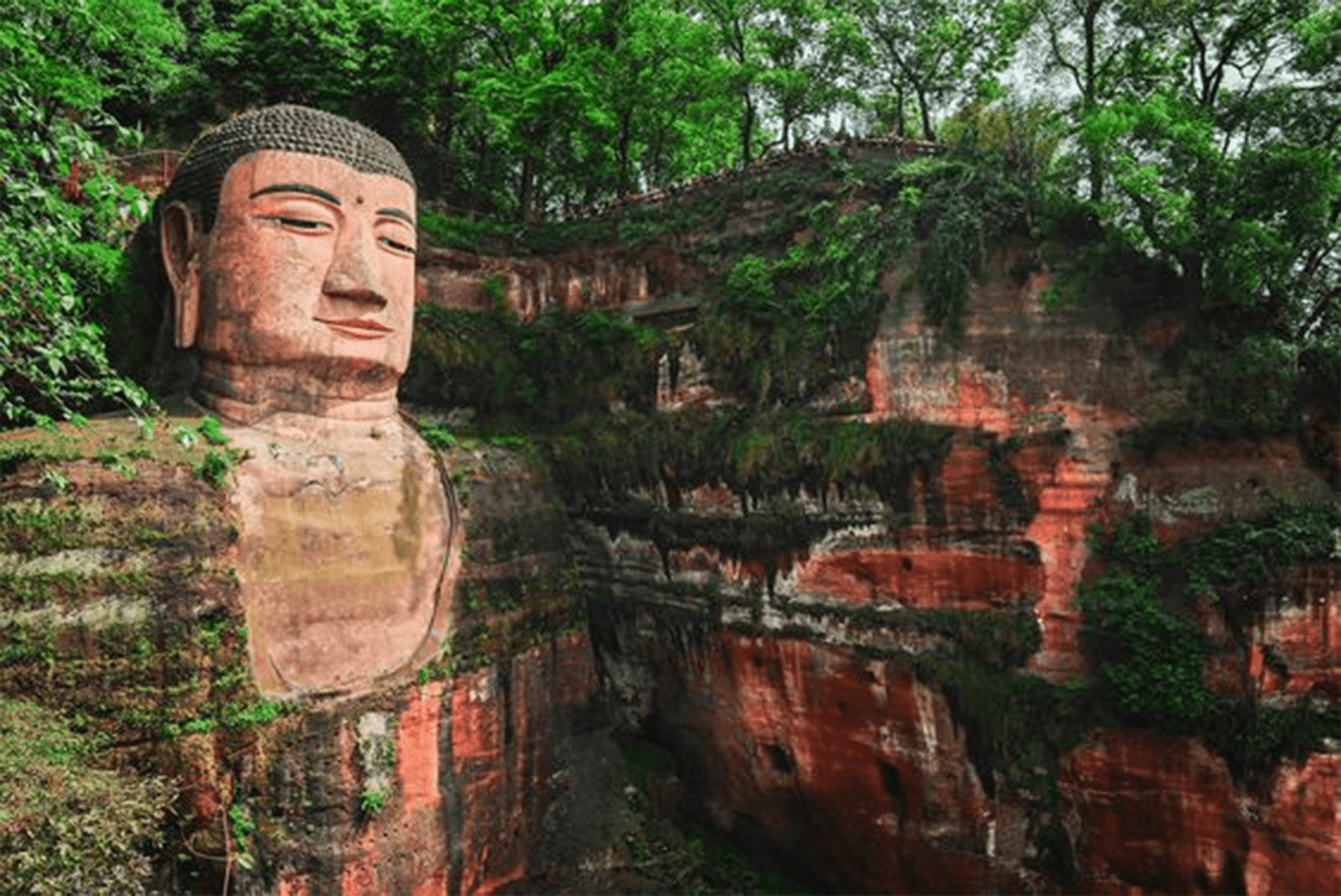
Where the Minjiang, Dadu, and Qingyi rivers converge in the center of Sichuan province, China, stands the Leshan Giant Buddha, a massive figure rising out of the cliffs and silently staring over the waters below. This enormous statue, carved into the cliffs at the meeting point of these rivers, is more than just an example of prehistoric engineering—it represents peace, introspection, and the diverse heritage of Chinese Buddhism.
The Leshan Giant Buddha is the world’s largest stone Buddha statue, standing a towering 71 meters. The statue’s ability to convey kindness and tranquility despite its enormous size is a tribute to the artistry of its designers.
During the Tang Dynasty, a Chinese monk by the name of Haitong had the idea to carve the Giant Buddha. Haitong thought that the Buddha’s presence would quiet the raging waters at the confluence, which is a dangerous location for riverboat sailors.
During the Tang Dynasty in 713 AD, work on the Giant Buddha started, and it was completed over the following centuries. Generations of artisans had to devote their entire lives to carefully carving the statue out of the red sandstone cliffs.
The Leshan Giant Buddha has big enough toes to fit people sitting down. A unique viewpoint on the Buddha’s enormous size and an up-close look at the craftsmanship can be obtained by descending to the statue’s feet.
Leshan Giant Buddha is more than just a statue; it’s an enduring example of the power of spiritual symbolism, human devotion, and creative ingenuity. You can’t help but feel a connection to the site’s deep spirituality and rich history as you stand in front of this enormous figure carved into the cliffs. In the center of Sichuan, the Leshan Giant Buddha invites you to ponder, admire, and be in awe of the fusion of spirituality and art.






